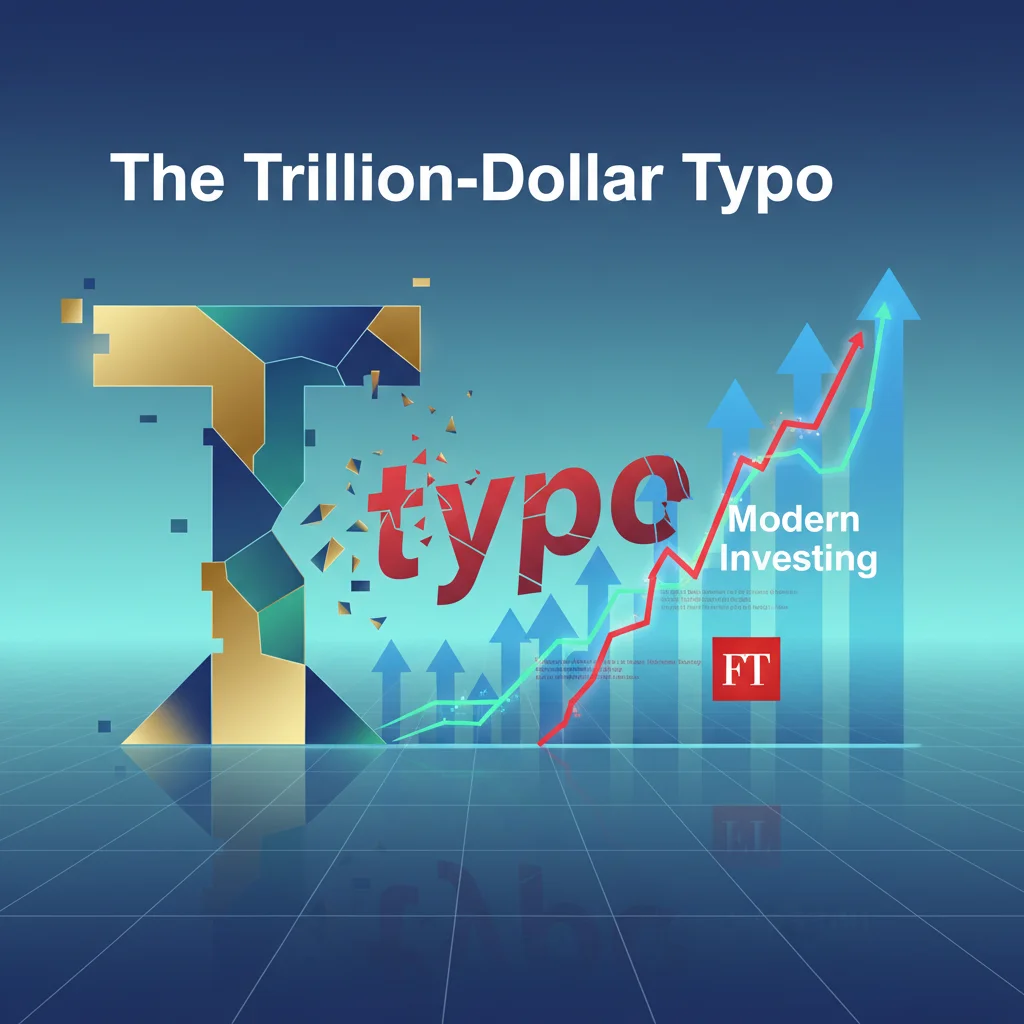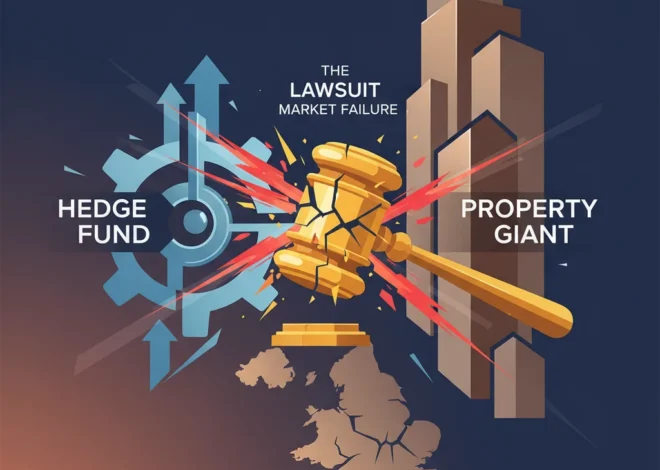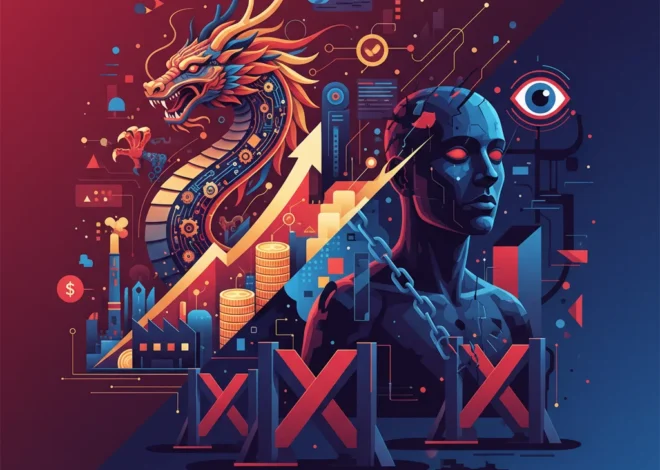
The Trillion-Dollar Typo: Why a Small Media Correction Reveals a Huge Risk in Modern Investing
On November 6th, the Financial Times, a titan of financial journalism, issued a brief but telling correction. It read: “Chuck Schumer is the Democratic Senate minority leader, not majority leader as wrongly stated in an article…” (source). On the surface, this is a minor detail—a quick fix for a simple factual error. Yet, for anyone involved in finance, investing, or the broader economy, this small correction serves as a powerful microcosm of a much larger, systemic risk: the profound impact of informational accuracy in a high-speed, high-stakes world.
In an ecosystem where algorithms execute trades in microseconds based on news sentiment and where trillions of dollars shift based on a single economic report, the distinction between “minority” and “majority” is anything but minor. It’s a chasm of difference that dictates legislative agendas, shapes regulatory landscapes, and ultimately influences the entire stock market. This single-word error, caught and corrected, is a stark reminder that in finance, precision is not just a professional courtesy; it is the fundamental bedrock of value and stability.
The Power of a Title: Why “Majority” vs. “Minority” Matters to Your Portfolio
To the average person, the titles of Senate Majority Leader and Minority Leader might seem like interchangeable political jargon. To an investor, a business leader, or anyone tracking the economy, they represent two vastly different realities of power and influence. Understanding this difference is crucial to predicting policy and, by extension, market movements.
The Senate Majority Leader holds the keys to the legislative kingdom. They have the ultimate power to decide which bills and nominations reach the Senate floor for a vote. This control over the agenda means they can fast-track legislation favorable to certain sectors—like green energy tax credits or new banking regulations—or indefinitely stall bills that are not. The Minority Leader, while an important and powerful voice for their party, primarily works to challenge the majority’s agenda, negotiate compromises, and rally opposition. Their power is one of influence and obstruction, not direct control.
Consider the implications for the financial world. An investor who mistakenly believes the Democrats hold the majority might incorrectly price in the probability of sweeping climate change legislation, pouring capital into renewable energy stocks. Another might wrongly assume that proposed regulations on financial technology (fintech) are dead on arrival, altering their risk assessment for a portfolio of startup investments. The distinction is a fundamental variable in any sound economic or political analysis.
To clarify the stark difference in their roles, here is a breakdown of their primary powers and influence on the economy:
| Role & Power | Senate Majority Leader | Senate Minority Leader |
|---|---|---|
| Agenda Control | Sets the legislative calendar; decides which bills and nominations get a vote. | No direct control over the floor schedule; must negotiate to bring bills to a vote. |
| Economic Impact | Can prioritize and push through major economic packages (e.g., tax cuts, stimulus bills, infrastructure spending). | Can use procedural tools (like the filibuster) to delay or block economic legislation. |
| Regulatory Influence | Controls the confirmation process for key economic and banking regulators (e.g., Fed Chair, SEC commissioners). | Can rally opposition to nominations, influencing public debate and potentially swaying key votes. |
| Market Signal | Signals which industries and policies are likely to receive government support, driving investment trends. | Signals areas of political risk and potential legislative gridlock, influencing investor caution. |
As the table illustrates, misidentifying the leader is not just a factual slip-up; it’s a fundamental misreading of the entire political and economic landscape. This is why meticulous accuracy is paramount.
The Capital Conundrum: Do Left-Leaning Economies Stifle Investor Confidence?
When a Single Error Moves Markets: The High Cost of Inaccuracy
The Schumer correction is a benign example, caught and fixed without incident. History, however, is littered with far more costly errors that demonstrate the devastating potential of misinformation in finance and trading.
One of the most famous examples is the 2013 “AP Flash Crash.” Hackers took control of the Associated Press’s Twitter account and posted a fake tweet: “Breaking: Two Explosions in the White House and Barack Obama is injured.” Within two minutes, the Dow Jones Industrial Average plunged nearly 150 points, temporarily wiping out $136 billion in market value. Automated trading algorithms, programmed to react instantly to breaking news from trusted sources, sold off assets in a panic. The market recovered quickly once the tweet was revealed as a hoax, but the event laid bare the terrifying fragility of a stock market wired for speed but not for verification.
The world of financial technology and blockchain is even more unforgiving. Unlike a news article, which can be corrected, code on a blockchain is often immutable. In 2016, a vulnerability in the code of The DAO, an early decentralized autonomous organization, was exploited by hackers. The error in just a few lines of code allowed them to drain over 3.6 million Ether—worth around $50 million at the time and billions today. This single coding flaw led to a contentious “hard fork” of the entire Ethereum blockchain, creating a permanent schism in the community (source). It was a brutal lesson in how, in the world of fintech, a “typo” in the code is not a correctable error but a catastrophic and permanent failure.
Building an Information Firewall: Strategies for Navigating a Noisy World
The increasing speed and complexity of the global economy demand a more rigorous approach to information consumption. For professionals in finance, banking, and investing, passively accepting data is no longer an option. Building a resilient strategy for information verification is a critical component of risk management.
1. Triangulate Your Sources
Never rely on a single news outlet, analyst, or data provider. Cross-reference critical information across multiple, reputable sources, especially those with different ideological or commercial perspectives. If a major policy development is reported, check the original source, such as a congressional record or a press release from the Federal Reserve.
2. Differentiate Between Signal and Noise
The stock market is driven by both fundamental data (earnings, economic indicators) and narrative-driven sentiment. Learn to distinguish between the two. A CEO’s tweet might cause a short-term stock price fluctuation (noise), but the company’s quarterly earnings report (signal) is a far more reliable indicator of its long-term health. Focus your energy on verifying the foundational data that underpins the economics of an asset.
The £303 Billion Powerhouse: Why Britain's Self-Employed Are the Economy's Unsung Heroes
3. Understand the Mechanics of Your Tools
The rise of fintech has given us powerful tools for trading and analysis. If you use algorithmic trading systems or AI-powered research platforms, you must understand their limitations. Are they sourcing data from social media? How do they weigh different news sources? These systems are not infallible black boxes; they are programmed with rules and biases that can be exploited or can simply fail. A core tenet of modern financial technology is to trust but verify the outputs.
4. Embrace “Slow” Information
In the race to be first, we often sacrifice being right. There is immense value in consuming “slow” information—deep-dive reports, academic papers, and long-form regulatory filings (like a company’s 10-K report). This content is less susceptible to the sensationalism of breaking news and provides the deep context necessary for making sound, long-term decisions in investing and economics.
Conclusion: The Currency of Accuracy
The Financial Times’ correction of Chuck Schumer’s title was a fleeting event, a tiny blip in the daily news cycle. Yet, it serves as an invaluable lesson. It reminds us that the entire edifice of our global economy—from the stock market and banking to the intricate worlds of fintech and blockchain—is built on a foundation of accurate, verifiable information. When that foundation cracks, even slightly, the tremors can be felt everywhere.
In an era of AI-generated content, deepfakes, and relentless information warfare, the premium on accuracy will only grow. The ability to discern fact from fiction, to verify before acting, and to appreciate the profound importance of “minor” details will be the defining characteristic of successful investors, resilient institutions, and a stable financial future. After all, in finance, the most valuable currency isn’t the dollar or the euro; it’s trust. And trust is built one accurate fact at a time.
Beyond the Degree: How the UK's New Skills Initiative is Reshaping the Economy for Investors


